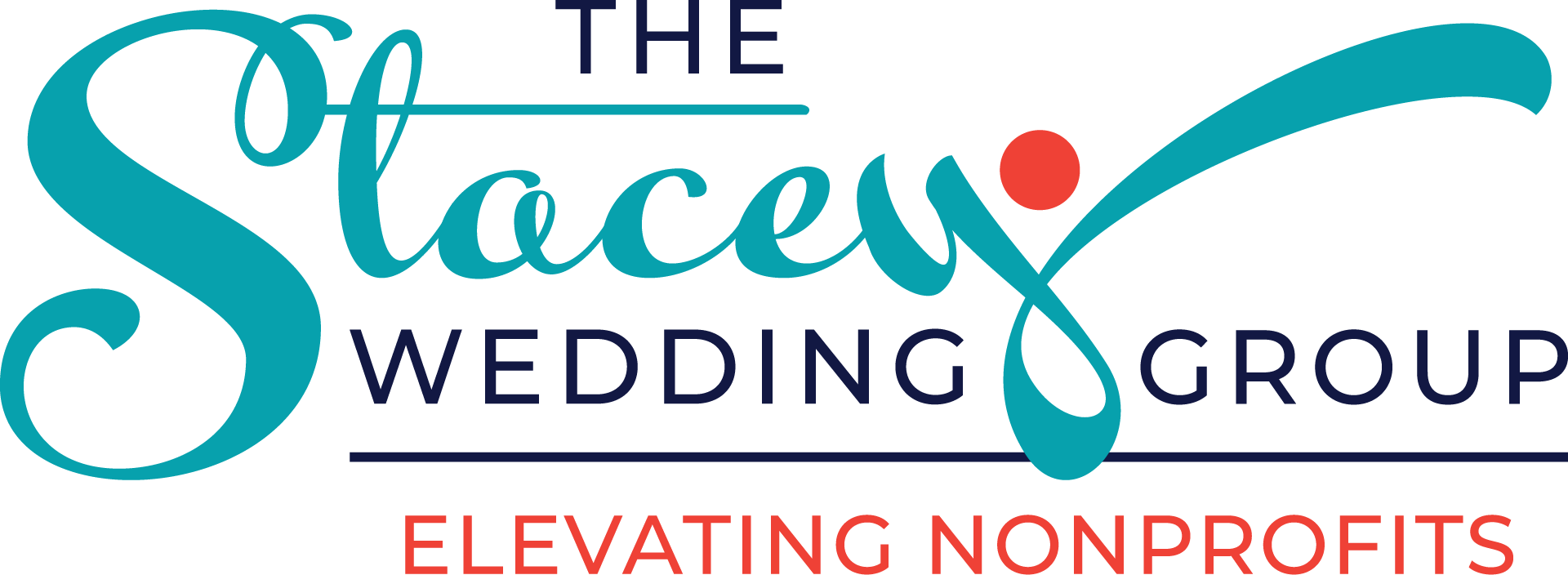You are at a board meeting when someone brings up the idea— “Let’s set up an Advisory Board!”
Crickets. Did a pin just drop?
“We can put all of our misfits on this so we don’t have to have the tough conversations.”
While this last part may be an exaggeration, it’s sadly the way so many councils/auxiliary groups get established. The governing board is uncomfortable telling someone they aren’t a good fit for the governing board OR they are looking for a place to put board members who haven’t attended the last 6 board meetings OR [insert any number of crazy reasons another layer gets established]. The challenge is that none of these scenarios require a new structure to be set up to deal with people’s fear of having a difficult conversation.
Don’t get me wrong. Advisory Boards, Honorary Councils, Band of Misfits or whatever you like to call your “bonus” group can be helpful in meeting your needs. The key is to consider the purpose of this new group and whether a new group is actually needed to meet that purpose.
What are you looking to accomplish with this new structure? There is no right answer here—it depends on your nonprofit and what it needs at this stage of its development. It might be that you need more people to sing from the mountain tops about the lives your organization is saving. Or perhaps you need some big names—the who’s who—that will grab people’s attention and give your organization built-in credibility. You also might be in need of some feedback from those you serve—to understand what’s working or not with your programs/services or to help identify other needs they have that your nonprofit could meet.
The purposes are endless.
The key is to start with the one question that guides it all—what are we trying to accomplish? From there, other questions and details follow, such as composition of the group, how formal or informal of a structure you want the group to have, and so on. But without knowing the why, you run the risk of creating additional work on top of already stretched capacity with no clear purpose in mind and sadly, no chance of fulfillment or success for anyone—most of all your organization.


This is so true and so common.
That said, I have seen advisory boards work well when strongly led. It does all seem to come down to leadership and the relationship between the ED, the Chair, and the Committee Chairs.
Board management is really just another form of volunteer management. It has all the same challenges. Managing expectations initially, enforcing them fairly & consistently, and expressing heartfelt gratitude in the ways that matter most to the person receiving it are the three keys to unlock the power of any board.